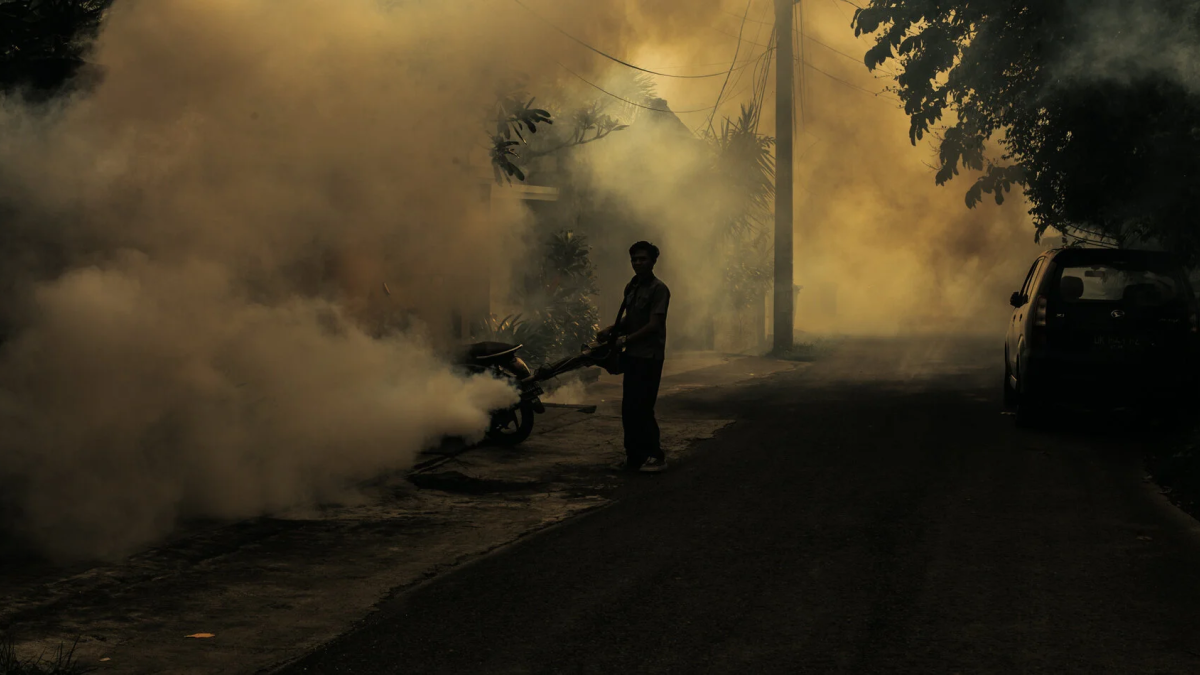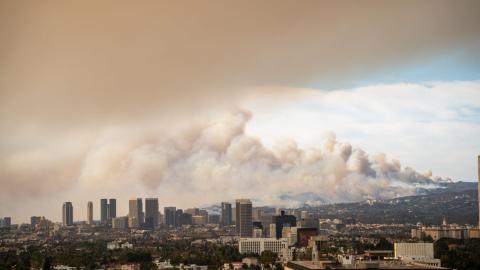Warmer weather across the globe is reshaping the landscape of human health. Case in point: Dengue fever incidence could rise as much as 76% by 2050 due to climate warming across a large swath of Asia and the Americas, according to a new study led by Marissa Childs, a researcher at the University of Washington.

Dengue fever, a mosquito-borne disease once confined largely to the tropics, often brings flu-like symptoms. Without proper medical care, it can escalate to severe bleeding, organ failure, and even death.
The study, published Sept. 9 in PNAS, is the most comprehensive estimate yet of how temperature shifts affect dengue’s spread. It provides the first direct evidence that a warming climate has already increased the disease’s toll.
“The effects of temperature were much larger than I expected,” said Childs, a UW assistant professor of environmental and occupational health sciences, who conducted much of the research as a doctoral student at Stanford University. “Even small shifts in temperature can have a big impact for dengue transmission, and we’re already seeing the fingerprint of climate warming.”
The study analyzed over 1.4 million observations of local dengue incidence across 21 countries in Central and South America and Southeast and South Asia, capturing both epidemic spikes and background levels of infection.
Dengue thrives in a “Goldilocks zone” of temperatures — incidence peaks at about 27.8 degrees Celsius, or 82 degrees Fahrenheit, rising sharply as cooler regions warm but dropping slightly when already-hot areas exceed the optimal range. As a result, some of the largest increases are projected for cooler, high-population regions in countries such as Mexico, Peru and Brazil. Many other endemic regions will continue to experience larger, warming-fueled dengue burdens. By contrast, a few of the hottest lowland areas may see slight declines.
Still, the net global effect is a steep rise in disease.
The findings suggest that higher temperatures from climate change were responsible for an average 18% increase of dengue incidence across 21 countries in Asia and the Americas from 1995 to 2014 — translating to more than 4.6 million extra infections annually, based on current incidence estimates. Cases could climb another 49% to 76% by 2050 depending on greenhouse gas emissions levels, according to the study. At the higher end of the projections, incidence of dengue would more than double in many cooler locations, including areas in the study countries that are already home to over 260 million people.
Excerpted from the original post at UW News. For more information or to contact the researchers, email Alden Woods at acwoods@uw.edu.




